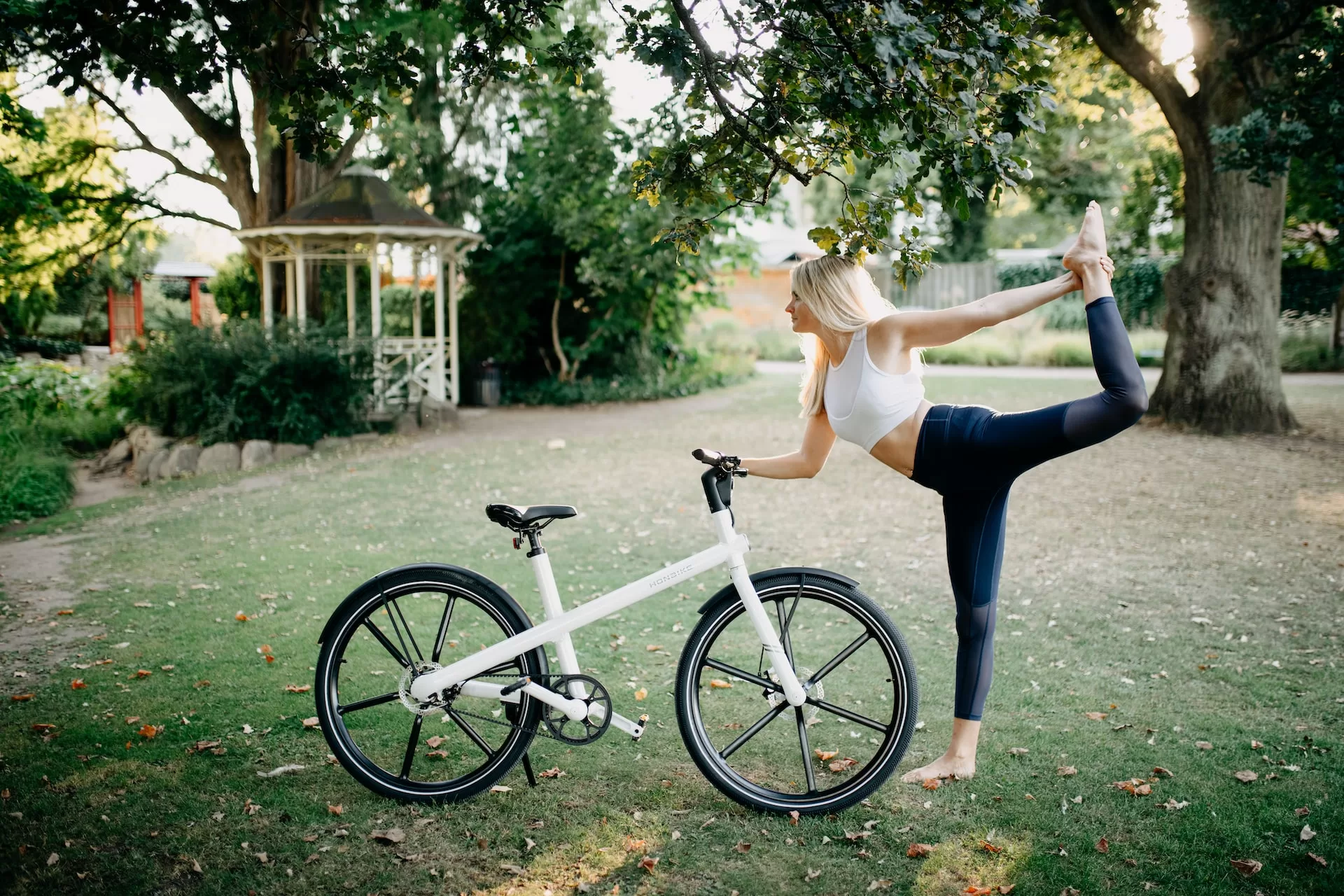Introduction
It’s no secret that physical activity is essential for both physical and mental health. A regular aerobic routine offers numerous benefits for cardiovascular health, and it is only natural to want to supplement this routine with consistent yoga or stretching exercises. But what muscles are affected when engaging in cardiovascular exercise such as cycling and how do specific yoga poses help to loosen them?
Understanding this connection will not only increase performance and prevent injury, but also enhance total cardiovascular health for overall wellness.
Understanding the Muscles Impacted By Cycling
Cycling typically targets several key muscles within the body, regardless of the type of bike; this includes the calves, quads, hamstrings, glutes, and hips.
In addition, the back and abdominal core muscles are increasingly engaged as the cyclist’s sense of balance increases. Whereas the calf and quad muscles often bear most of the workload, the remaining muscles serve to keep the rider balanced and stable.
Stiffness often occurs in the lower legs, as the pedaling can cause fatigue and cramps if these muscles are not properly stretched and released. To prevent this, bicyclists must actively strive to develop flexibility, strength, and neuromuscular control on a regular basis.
Why Aerobic Exercise Is Important For Cardiovascular Health
Apart from strengthening the lower body muscles, regular aerobic exercise is also important for cardiovascular and overall health. The heart is a muscle, so regular aerobic exercise helps to strengthen it, improving the efficiency of blood flow.
Cycling is a great aerobic exercise that helps minimize the risk of high blood pressure, stroke and other heart-related conditions. Through aerobic exercise, the body is able to process and utilize oxygen more efficiently, making it an essential component of overall longevity.
Combining Cycling and Yoga For Optimal Health
Yoga and cycling are two of the most effective exercises for improving and maintaining physical and mental health. By combining cycling and yoga, cyclists are able to work on the flexibility of their lower body muscles, as well as increase their heart rate and stamina.
This combination helps cyclists to develop an understanding of how to keep their muscles loose and relaxed during cycling, in addition to strengthening the lower body muscles. Yoga poses like the pigeon pose, wide legged forward fold, triangle pose, and head to knee forward fold all help to give cyclists a greater range of motion, as well as improve balance, coordination, and stability while biking.
Poses to Practice
Cycling generally primarily tightens the hip flexors, quadriceps, hamstrings, and calf muscles. Yoga poses that counteract tightness in the hip flexors and quadriceps include Supta Baddha Konasana (reclined cobbler’s pose), Paschimottanasana (seated forward fold), and Prasarita Balasana (wide-knee child’s pose). These poses open up the hips, and help to lengthen the muscles, so they can work more optimally as a unit.
To counteract tightness in the hamstrings and calves, yoga poses such as Adho mukha svanasana (downward facing dog), Paschimottanasana (seated forward fold), Parivrtta Janu Sirsasana (revolved head-to-knee pose), and Uttanasana (standing forward bend) are beneficial. These poses help to stretch and lengthen the muscles in the back of the legs, increasing flexibility and range of motion.
Conclusion
Cycling and yoga form a powerful combination for optimal physical and mental health. Bicycling helps to strengthen the muscles of the lower body, especially the calves and quads, while yoga stretches and lengthens these muscles.
Regular aerobic exercise is also essential for increasing oxygen flow throughout the body, making it important for maintaining good cardiovascular health.
By combining bicycling and yoga, cyclists can get the most out of their experience with improved flexibility, balance, stability, and strength without having to take additional classes or supplements. Cycling and yoga help to deepen the connection between body and mind, and the benefits of engaging in both on a regular basis are well worth the effort. With proper understanding and practice, a holistic approach to physical and mental wellbeing can be achieved.

